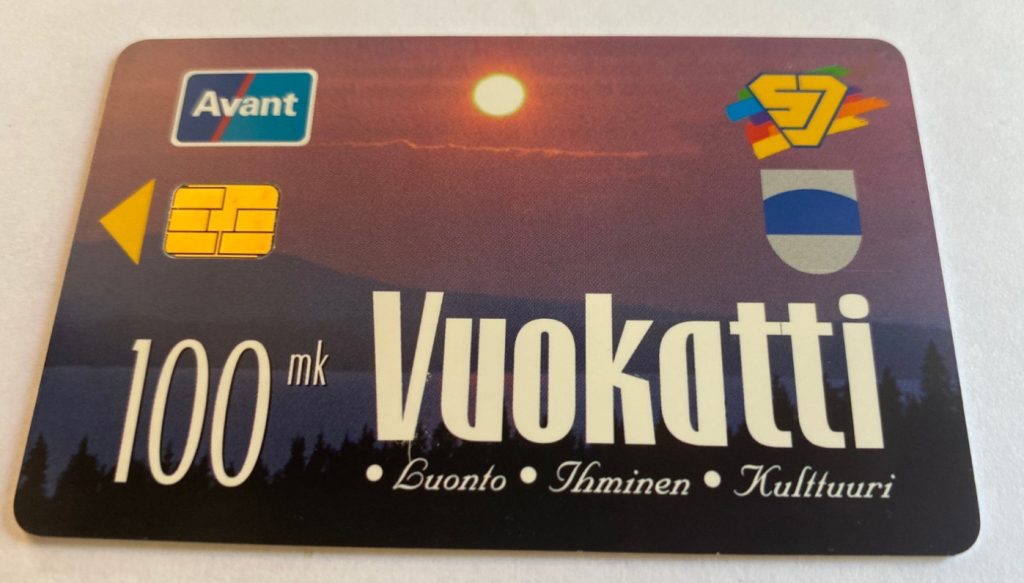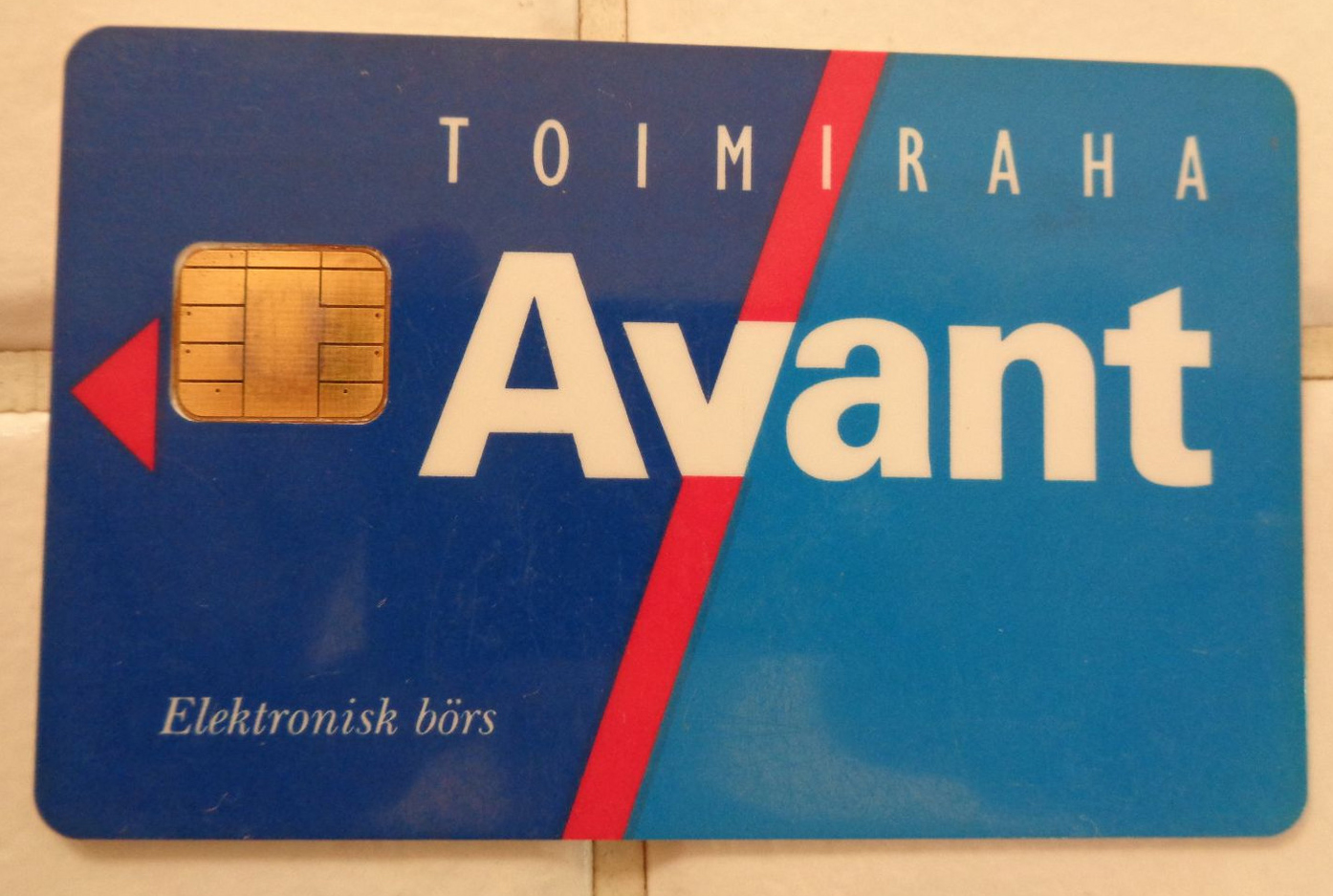The Avant card, a revolutionary electronic purse system introduced in 1992 by the Bank of Finland, aimed to revolutionize cashless payments in the country. However, the card’s initial success with disposable, single-use cards was short-lived, as the lack of a viable reloading mechanism proved to be a major roadblock.

The initial rollout of disposable Avant cards was relatively smooth, as they required minimal infrastructure and were easily distributed. However, it was evident from the planning phase that a disposable model would not sustain the system’s long-term viability or provide a user-friendly experience.
The concept of reloading the cards presented a significant challenge. While the technology for card reloading was technically feasible, the logistical and business aspects were far more complex. Establishing a widespread network of reloading stations, encompassing ATMs, retail shops, or a proprietary network, would be essential for user convenience.

The Bank of Finland considered various options to address this issue, including tapping into existing ATM networks for reloading. However, the cost of operating such a system proved to be a major hurdle. Initially, card reloading was offered free of charge, but the decision to introduce a small fee later had a detrimental impact on the card’s adoption. The added cost discouraged users, hindering the system’s growth and ultimately leading to its discontinuation.

The Avant card’s experience highlights the importance of carefully considering the user experience and logistical feasibility of new payment technologies. While technological advancements can pave the way for innovative solutions, effectively integrating them into the broader payment ecosystem is crucial for long-term success.



